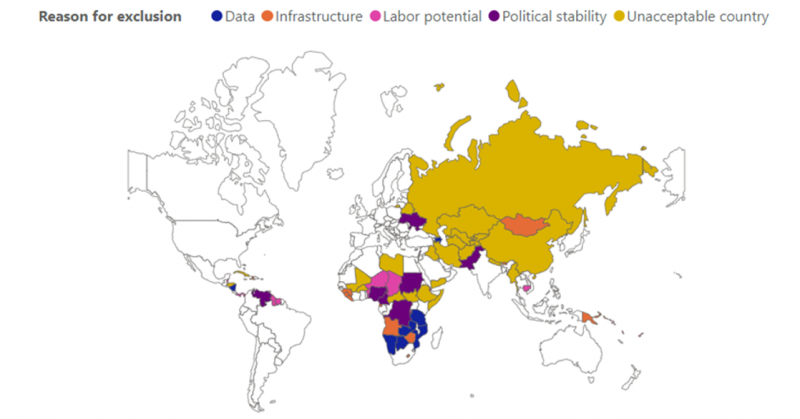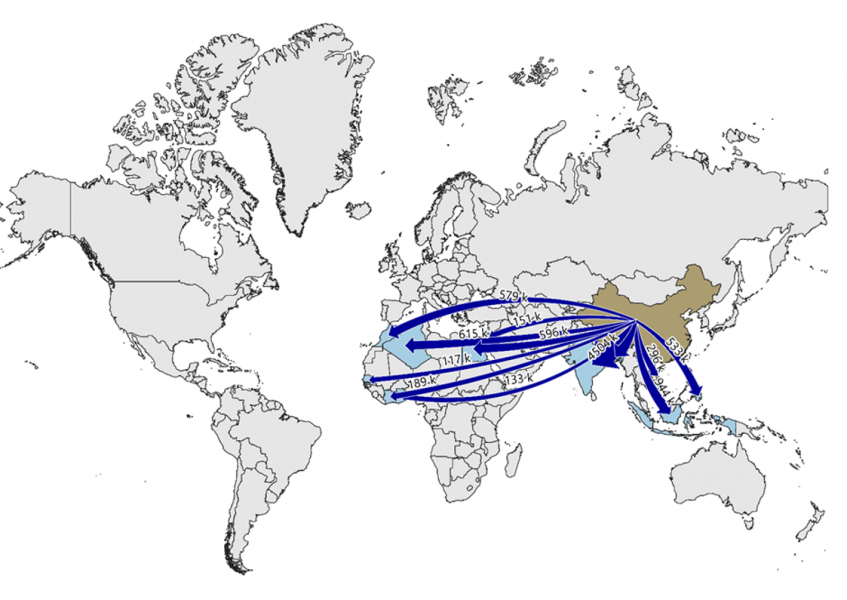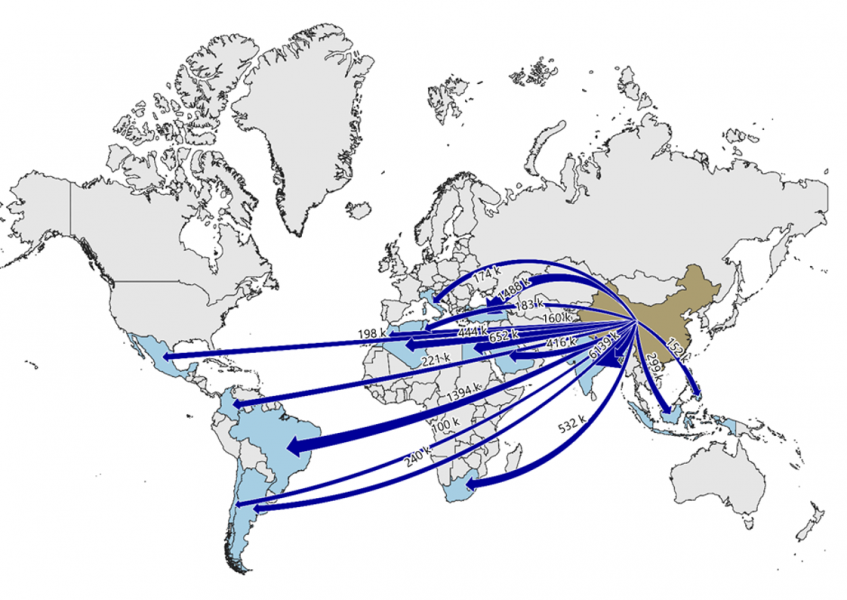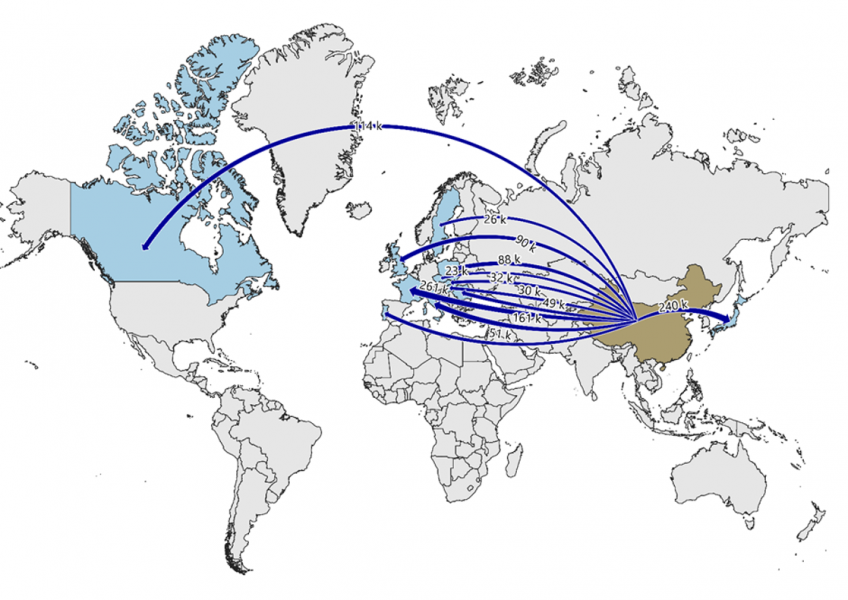Michael Every is a Global Strategist for Rabobank. Now based in Singapore, he analyses major developments both regionally and globally, and draws out the major underlying investment themes for clients. He contributes to the bank’s various research publications, frequently appears in the financial media, and is a regular key-note speaker at conferences. Michael has more than 22 years of experience working as economist and strategist, and has lived and worked in 10 countries. Before joining Rabobank in 2013, he was a Director at Silk Road Associates in Bangkok, Senior Economist/Fixed Income Strategist at RBC in London and Sydney, and an Economist for D&B in London.








